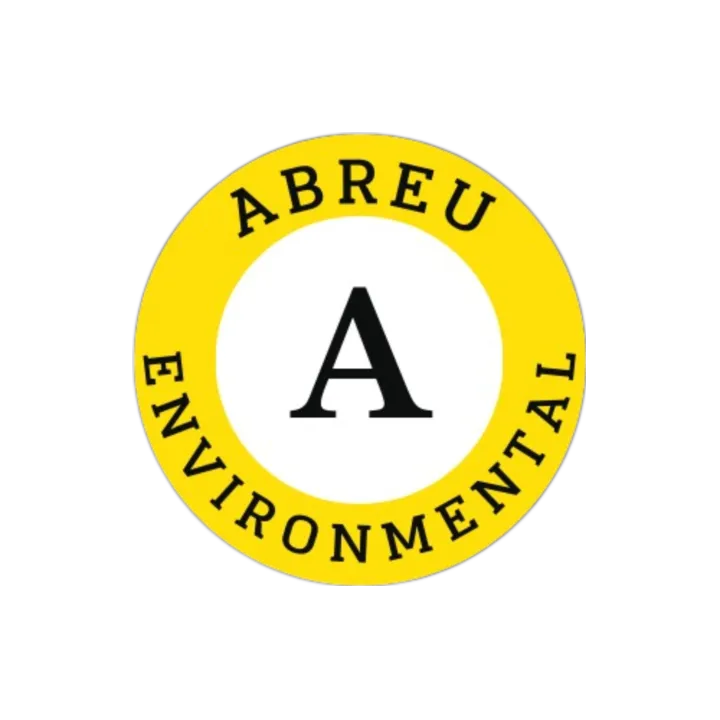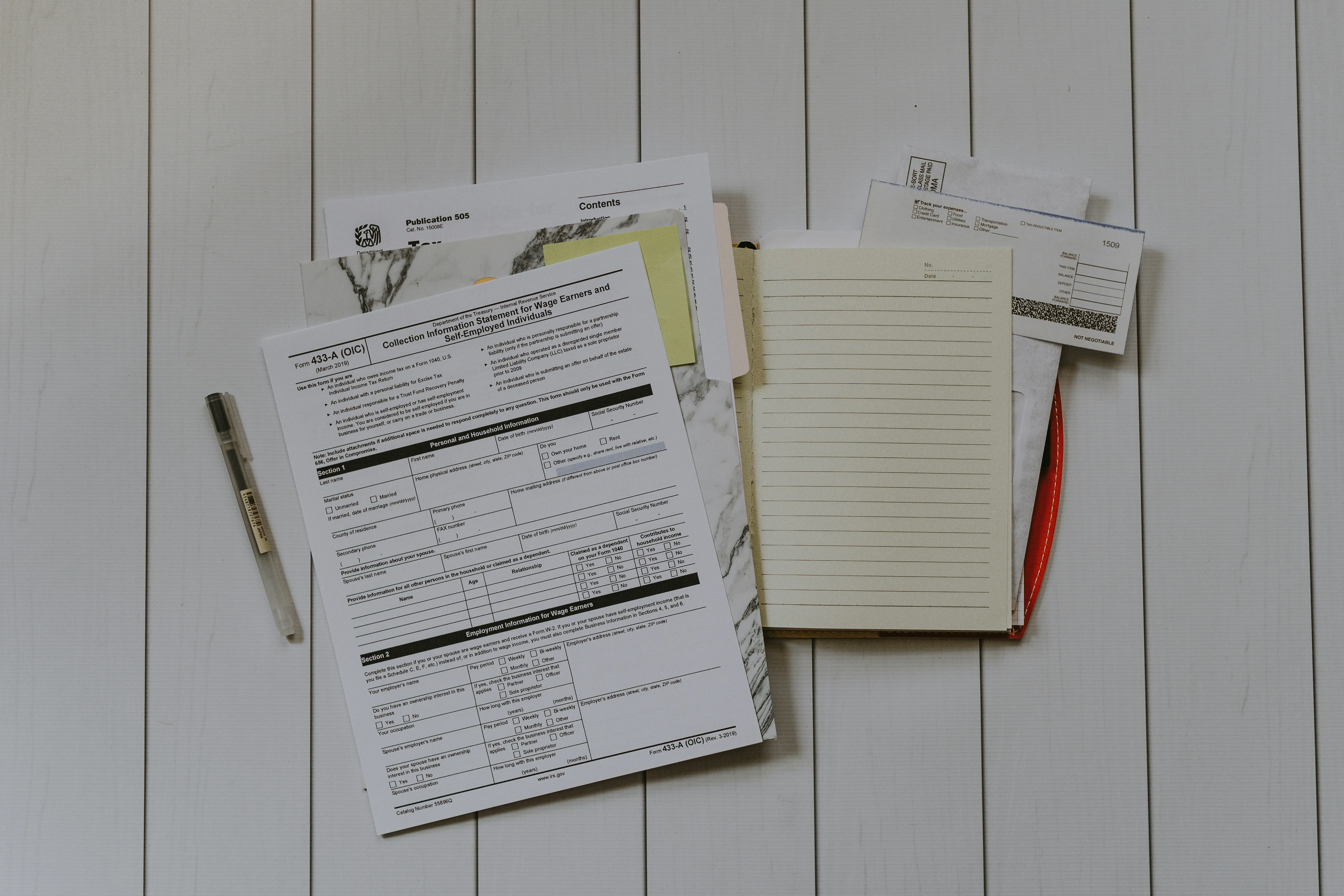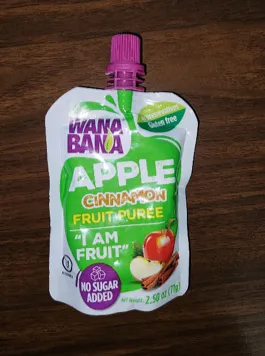SCiAps X-550 Analyzer PCS
Performance Characteristic Sheet
EFFECTIVE DATE: February 1, 2022
MANUFACTURER AND MODEL:
Make: SciAps Models:
Model X-550 X-Ray
Source: Rhodium (Rh) or Gold (Au) Anode
FIELD OPERATION GUIDANCE
ACTION LEVEL SETTING: 1.0 mg/cm2
OPERATING PARAMETERS:
Timed mode: fixed 10-second reading.
Quick mode: variable-time reading (approximately 2-6 seconds).
XRF CALIBRATION CHECK LIMITS:
0.8 to 1.2 mg/cm2 (inclusive) on NIST SRM 2579 (1.02 mg/cm2 )/NIST SRM 2573, or equivalent
SUBSTRATE CORRECTION: Not applicable
BACKGROUND INFORMATION
EVALUATION DATA SOURCE AND DATE:
This sheet is supplemental information to be used in conjunction with Chapter 7 of the HUD Guidelines for the Evaluation and Control of Lead-Based Paint Hazards in Housing, 2012 Edition ("HUD Guidelines"). Performance parameters shown on this sheet are calculated using test results on building components in the HUD archive. Testing was conducted on 146 test samples in February 2022, with two separate instruments of each Anode type, operated in both Timed and Quick modes.
OPERATING PARAMETERS
Performance parameters shown in this sheet are applicable only when properly operating the instrument using the manufacturer's instructions and procedures described in Chapter 7 of the HUD Guidelines.
XRF CALIBRATION CHECK:
The calibration of the XRF instrument should be checked using the paint film nearest 1.0 mg/cm2 in the NIST Standard Reference Material (SRM) used (e.g., for NIST SRM 2579, use the 1.02 mg/cm2 film; for NIST SRM 2579a, use film 2573 (1.04 mg/cm2 ). If the average (rounded to 1 decimal place) of three readings is outside the acceptable calibration check range, follow the manufacturer's instructions to bring the instrument into control before XRF testing proceeds.
EVALUATING THE QUALITY OF XRF TESTING:
Randomly select ten testing combinations for retesting from each house or from two randomly selected units in multifamily housing. Conduct XRF re-testing at the ten testing combinations selected for retesting. Determine if the XRF testing in the units or house passed or failed the test by applying the steps below. Compute the Retest Tolerance Limit by the following steps: Determine XRF results for the original and retest XRF readings. In single-family and multifamily housing, a result is defined as a single reading. Therefore, there will be ten original and ten retest XRF results for each house or for the two selected units. Calculate the average of the original XRF result and the retest XRF result for each testing combination. Square the average for each testing combination. Add the ten squared averages together. Call this quantity C. Multiply the number C by 0.0072. Call this quantity D. Add the number 0.032 to D. Call this quantity E. Take the square root of E. Call this quantity F. Multiply F by 1.645. The result is the Retest Tolerance Limit. Compute the average of all ten original XRF readings. Compute the average of all ten re-test XRF readings. Find the absolute difference of the two averages. If the difference is less than the Retest Tolerance Limit, the inspection has passed the retest. If the difference of the overall averages equals or exceeds the Retest Tolerance Limit, this procedure should be repeated with ten new testing combinations. If the difference of the overall averages is equal to or greater than the Retest Tolerance Limit a second time, then the inspection should be considered deficient. Use of this procedure is estimated to produce a spurious result approximately 1% of the time. That is, results of this procedure will call for further examination when no examination is warranted in approximately 1 out of 100 dwelling units tested.
TESTING TIMES:
The reading time in Archive tests was 10 seconds in Timed mode and from 2-6 seconds in Quick mode, for both the Rh Anode and Au Anode.
CLASSIFICATION OF RESULTS:
XRF results for the Au Anode in Quick mode are classified as positive if they are greater than or equal to 1.0 mg/cm2 and negative if they are less than to 1.0 mg/cm2 . XRF results for the Au Anode in Timed mode and for the Rh Anode in Timed or Quick mode are classified as positive if they are greater than or equal to 0.9 mg/cm2 and negative if they are less than to 0.9 mg/cm2
DOCUMENTATION:
A report titled Methodology for XRF Performance Characteristic Sheets (EPA 747-R-95-008) provides an explanation of the statistical methodology used to develop Performance Characteristic Sheets at the Federal standard (Action Level) of 1.0 mg/cm2 and provides empirical results from using the recommended inconclusive ranges or thresholds for specific XRF instruments. The report may be downloaded at
https://www.hud.gov/sites/dfiles/HH/documents/SCiAps_X-550_PCS_Feb22.pdf
If you have any questions, contact Abreu Environmental 813-803-0201




